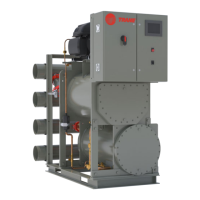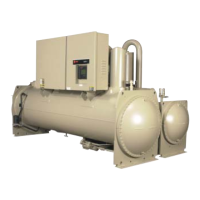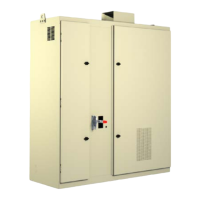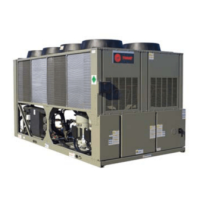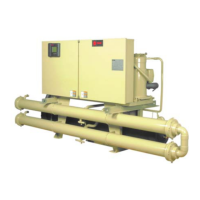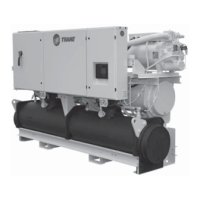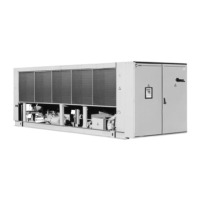What to do if Trane Chiller compressor has more than three faults per hour?
- CcherylmendozaAug 7, 2025
If a Trane Chiller compressor generates more than three identical faults within an hour, it will be placed in the ‘Offline’ state, considered locked out, and will require a power-cycle to reset.
